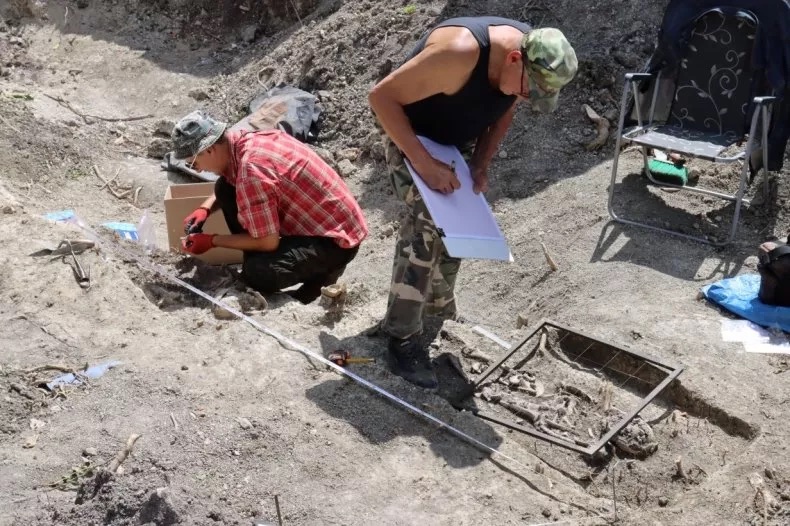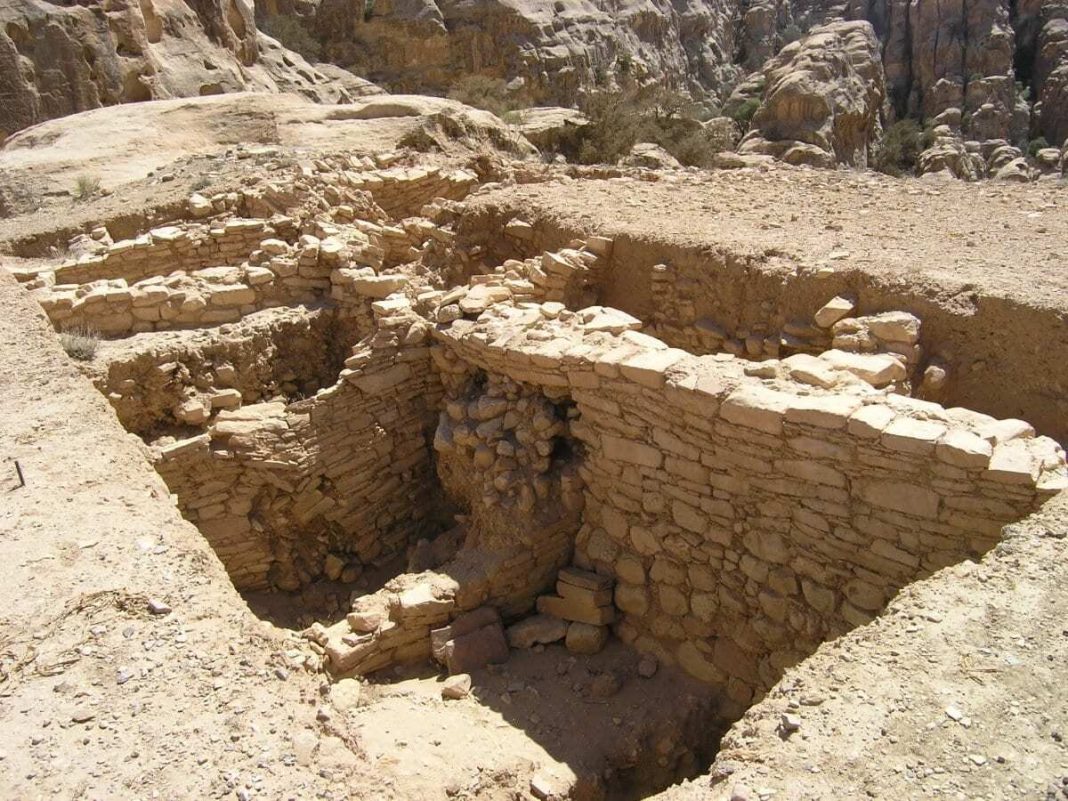KOSZALIN, Poland – Archaeologists in northwestern Poland have uncovered a medieval burial that suggests ‘anti-vampire’ measures were taken to prevent the dead from rising, according to the Lublin Provincial Conservator of Monuments.
The discovery, made on Góra Chełmska, a ridge near the city of Koszalin, has sparked intrigue due to its unusual characteristics.
The burial site, which dates back to the 13th century, contained the skeletons of two children, buried without coffins.
The remains were found in an area not historically associated with any known cemeteries, making the discovery even more surprising.
One of the graves displayed several characteristics consistent with so-called ‘anti-vampire’ burials, a phenomenon often linked to medieval European folklore in which precautions were taken to prevent the dead from returning as revenants—reanimated corpses or spirits believed to terrorize the living.

Unusual Burial Practices
In one of the graves, archaeologists found the remains of a child with its head removed from its torso.
The skull was placed face-down in the burial cavity, and stones were laid across the torso—measures that are believed to have been taken to prevent the deceased from rising from the grave.
Additionally, postholes found at the site suggest the grave may have been marked by two pillars.
“Burying with the face to the ground, cutting off the head, or pressing the body with a stone are among the methods used to prevent a person believed to be a demonic being from leaving the grave,” the conservator said in a Facebook post.
These types of burials, known as “revenant” graves, have been found in various locations across Europe, some dating back thousands of years.
They often involve deliberate attempts to ensure the deceased remains in their grave, such as weighing the body down with heavy stones or piercing it with a lance.
The Role of Folklore
The belief in revenants was prevalent in several medieval cultures, where individuals were sometimes suspected of rising from the dead to haunt the living.
These suspicions led to burial practices designed to prevent the dead from returning, a practice that historians believe reflects deep-seated fears of death and the supernatural during the medieval era.
The recent discovery in Poland offers new insights into these medieval superstitions. Although anthropological analysis is still pending, the remains are expected to provide further understanding of the health and social status of the deceased.
The excavation has piqued the interest of both historians and archaeologists, who will continue to study the site for more clues about medieval life and death, as well as the superstitions that shaped burial practices in the region.







